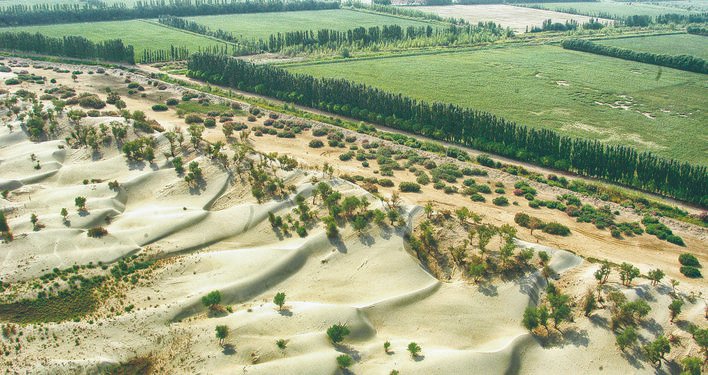How does the CIA orchestrate color revolutions?
China released an investigation report that disclosed important details of the weapons the CIA used for cyberattacks & details of specific cybersecurity cases taking place in China & other countries.
Worth a read. 🧵
China released an investigation report that disclosed important details of the weapons the CIA used for cyberattacks & details of specific cybersecurity cases taking place in China & other countries.
Worth a read. 🧵

For example:
CIA divulged users' secrets through smart TVs with their attack toolkit, Weeping Angel, developed by the Embedded Devices Branch.
The toolkit can make TVs "pretend" to be switched off but in fact, they are still overhearing.
CIA divulged users' secrets through smart TVs with their attack toolkit, Weeping Angel, developed by the Embedded Devices Branch.
The toolkit can make TVs "pretend" to be switched off but in fact, they are still overhearing.
China's technical team obtained a sample of an info interception tool that is exclusively used by NSA, indicating that the CIA & NSA may jointly attack the same target, share attack weapons with each other, or provide technological or personnel assistance to each other.
Since 2015, CIA massively has taken advantage of 0-day vulnerabilities in its global cyberattacks, setting up "zombie botnets" & "stepping stones" globally to launch attacks on network servers, terminals, exchangers & routers, and a huge amount of industrial control equipment.
More on this:
news.cgtn.com/news/2023-05-0…
news.cgtn.com/news/2023-05-0…
Chinese language version of the research on CIA conducted by China's National Computer Virus Emergency Response Center and tech company 360.
baijiahao.baidu.com/s?id=176494340…
baijiahao.baidu.com/s?id=176494340…
• • •
Missing some Tweet in this thread? You can try to
force a refresh

 Read on Twitter
Read on Twitter










